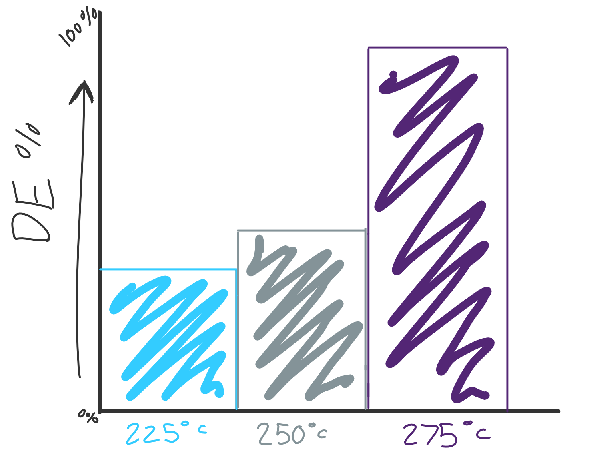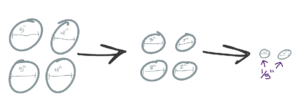This week I looked into methods that occur in the disassembly process. I studied subcritical water debromination, and debromination efficiency on PCBs with various additives to a ball mill. On the side, I did some research on the ball mill itself and the balls that you use for the machine.
PCBs contain BFRs (brominated flame retardants) which can make up about 5% to 15% of the total weight of PCBs. BFRs deplete harmful emissions and are environmentally dangerous. The process of using supercritical or subcritical water for the debromination of BFRs helps to reduce the toxic emissions that can occur. The method I examined included subcritical water and potassium carbonate to increase the debromination efficiency for waste printed circuit boards. Here, I looked at the efficiency when the product was in a stirred environment and a non-stirred environment. There is a lot to consider when using this method, including the particle size of the PCB, temperature, and the solid-to-liquid ratio.

Comparatively, I looked at a process for debromination using a ball mill. A ball mill is a type of grinder that uses balls to crush the material, where the inside of the mill is a hollow section that spins either vertically or horizontally depending on the model. The balls themselves can be made of many different materials, and you choose which material you want depending on the material you are trying to grind. For example, ceramic grinding balls are good for when you are working with flammable materials, as they can prevent dust sparking. When choosing the type of ball, it’s also important to consider the size of the ball. A bigger size such as 5″-3″ is used for the first grinding process, to get the larger materials smaller. Then a smaller size such as 3″ – 1/5″ is used to get the material into a fine powder. The critical speed must also be reached to ensure a proper grind. Adding additives such as calcium oxide to the ball mill when grinding PCBs, and finding a critical speed, can increase the debromination efficiency.

